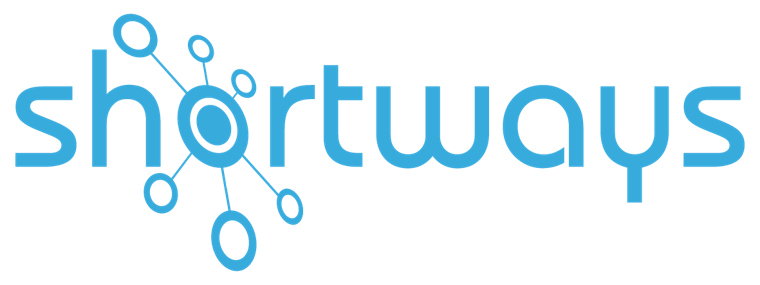Go-live is only the beginning of an ERP project. Very quickly, companies are faced with a new reality: the day-to-day running of the system generates significant costs.
Data entry errors, support requests, continuous training, corrective or enhancement projects all mobilise internal and external resources and impact productivity.
However, these costs are not inevitable. There are practical levers that allow you to control and even sustainably reduce them by focusing directly on the user experience.
Here are 8 key solutions to take back control of your ERP spend:
- Reduce data entry errors at the source
- Lower the volume of user support requests
- Improve onboarding for new hires
- Reduce reliance on scattered documentation
- Standardise practices across teams and entities
- Improve adoption of ERP updates and changes
- Limit ongoing training costs
- Use usage data to prioritise what really matters
1. Reduce data entry errors at the source
Every data entry error in an ERP comes at a cost: data correction, blocked processes, support intervention, or even financial impact.
Yet these errors are often preventable. They may be due to misunderstanding a field, skipping a step, or not following a coding rule.
The solution lies in targeted action. Raise awareness and guide the user at the moment of entry, with visible, contextual and easy-to-understand help.
Shortways Assistant displays dynamic help bubbles directly on high-impact fields. Users instantly see what is expected and how to enter it properly. The result is fewer errors, less reprocessing and lower costs.
2. Lower the volume of user support requests
A large proportion of ERP tickets are caused by simple questions like “What should I enter here”, “Why is this button greyed out”, or “How do I validate this step”.
These recurring but low-complexity questions consume valuable support time.
To reduce dependency, users need immediate, built-in answers within the system.
With Shortways Assistant, users get what they need without raising a support ticket.
Tutorials, alerts, contextual help and FAQs with PDF resources are all integrated into the screen, which significantly reduces first-level support requests.
3. Improve onboarding for new hires
Every new employee needs ERP training, which involves trainers, materials and sometimes in-person sessions. This process is expensive, especially in contexts with high staff turnover or successive deployments.
Automating onboarding directly within the ERP interface reduces human and logistical costs.
Shortways Assistant offers personalised welcome journeys within the ERP. New users are guided through key features step by step, based on their role. There is no longer a need to organise specific training sessions for each new joiner.
4. Reduce reliance on scattered documentation
Many companies create training and support content in various formats such as PDFs, PowerPoints, intranet pages or wikis.
But these resources are rarely consulted or unavailable when users need them.
The result is wasted time, inconsistent practices and an increase in informal support requests.
Centralising help directly in the ERP, where the action happens, prevents content sprawl and redundant material.
Shortways Assistant brings all helpful content into a single access point inside the ERP.
You provide clear, up-to-date assistance without the burden of maintaining multiple external resources.
5. Standardise practices across teams and entities
The same ERP system may be used differently depending on the team.
Business rules are reinterpreted, certain fields are routinely ignored and best practices are often shared informally. This inconsistency leads to poor data quality, the need for corrections and frequent reprocessing.
Standardising practices helps stabilise processes and reduce the cost of corrections or reconciliation.
With Shortways Assistant, you broadcast the same rules to everyone across all ERP modules.
Users see clear business instructions directly in the system, which helps align behaviours across departments.
6. Improve adoption of ERP updates and changes
Every upgrade, legal update or new feature requires communication, documentation and often training sessions. If adoption is not managed well, errors increase, users get stuck and support demand surges.
Supporting change directly in the tool helps reduce the cost of transition.
Shortways Assistant allows you to quickly add information messages, tutorials or temporary alerts for new features. Users are informed and guided without relying on external materials.
7. Limit ongoing training costs
ERP systems are complex and traditional training sessions are expensive. They require facilitators, travel and user downtime. Despite this, sessions are often repeated to address new modules, usage gaps or frequent errors.
Embedded support transforms the system into a self-learning tool.
With interactive tutorials, guidance messages and step-by-step flows, Shortways Assistant trains users in the flow of work. There is no need to repeat explanations. Learning becomes built-in and continuous.
8. Use usage data to prioritise what really matters
Improvement decisions are often made without real user data.
You may invest in unnecessary training, redesign underused screens or overlook true bottlenecks. In the long term, this leads to wasted budget without improved outcomes.
Tracking how the ERP is actually used helps target interventions and invest where it matters.
Shortways Assistant gives you data on help viewed, keywords searched, problematic fields and abandoned flows. You get a clear picture of real user needs, not assumed ones.
Conclusion
ERP operating costs are often seen as unavoidable. Yet by focusing on the user experience, it is possible to improve efficiency, reduce errors, automate learning and guide evolution more effectively.
With Shortways Assistant, your ERP becomes a clearer, more controlled and more cost-effective system. A user-centred tool costs less and delivers more.
If you want to see how Shortways Assistant can help reduce your ERP operating costs, contact us today for a demo.





